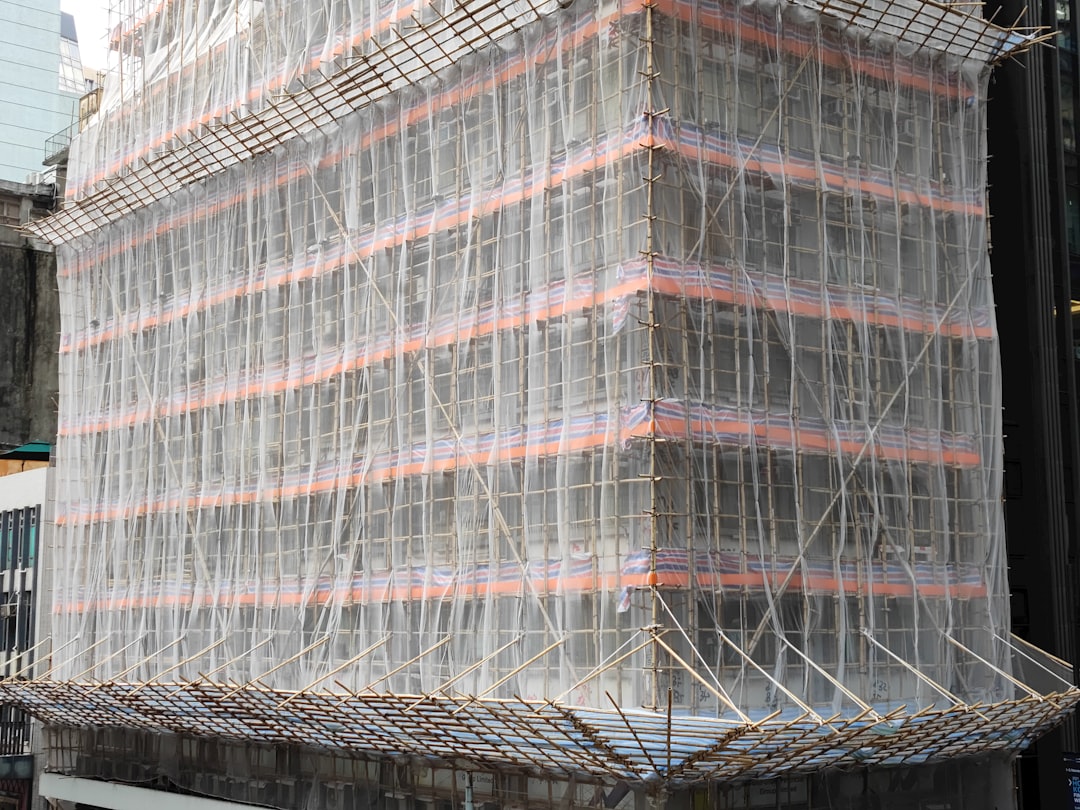Central Vacuum Installation Cost: A Comprehensive Guide for Construction Professionals
Installing a central vacuum system in a new build or remodel can significantly enhance indoor air quality and property value. For construction professionals, understanding the costs involved is crucial. On average, central vacuum installation costs range from $1,500 to $6,500, depending on the project scope and location. This guide provides a detailed breakdown of costs and factors influencing them, ensuring you can plan effectively and avoid overestimating expenses.
Average Price Range for Central Vacuum Installation
Typical costs for central vacuum installation are:
- $1,500 – $2,500 for a rough-in during new construction.
- $2,500 – $4,500 for a complete system in new builds.
- $3,500 – $6,500 for retrofitting in existing homes.
These estimates adjust based on local labor rates and material costs, ensuring accuracy for your specific project.
Key Cost Drivers
- System Capacity and Power Unit
- Number of Wall Inlets and Hose Length
- Type of Tubing Route
- Level of Filtration and Sound Insulation
- Labor Requirements
- Local Labor Rates and Permit Fees
Understanding these factors helps in precise budgeting and cost management.
Material Costs
- 2-inch PVC vacuum tubing: $1.30 – $1.70 per linear foot
- 90-degree sweep elbows: $2.40 – $4.10 each
- Standard inlet valves: $14 – $22 each
- Hide-A-Hose inlets: $145 – $225 each
- Power units: $650 – $1,400
- HEPA bags or filters: $45 – $110 annually
These prices reflect current market rates and are subject to change.
Labor Breakdown
- Rough-in tubing: 3 – 4 hours per 1,000 sq ft
- Mounting power unit: 1.5 – 2 hours
- Electrical outlet installation: 1 hour
- Finish trim and inlet covers: 10 – 15 minutes per inlet
- Retrofit drywall patching: 8 – 12 hours total
Efficient labor management can significantly impact overall costs.
New Construction vs. Retrofit
Installing during new construction is generally 25% – 35% cheaper than retrofitting, due to easier access and fewer modifications required.
Return on Investment
Central vacuum systems can increase property value by 50% – 70% of the installation cost, particularly in areas where air quality is a concern.
Pro Tips for Installation
- Place the power unit in a garage to minimize noise.
- Add extra inlets in large rooms for convenience.
- Use 45-degree elbows to reduce clogs.
- Install a dedicated circuit to prevent electrical issues.
Common Cost Surprises
- Specialty fittings can add unexpected costs if not accounted for.
- Local code requirements may necessitate additional components.
- Drywall patching can increase costs if not planned properly.
Being aware of these potential surprises can help in accurate budgeting.
Case Study: Central Vacuum Installation in a Custom Home
A recent project involved installing a central vacuum system in a 3,200 sq ft custom home. The total cost was $6,040, broken down as follows:
- Materials: $3,740
- Labor: $1,980
- Permits and electrical: $320
Efficient planning and accurate estimates helped avoid costly change orders.
Cost-Saving Tips
- Coordinate tubing installation with other trades to reduce labor costs.
- Use standard inlets in less frequently used areas.
- Purchase filter packs in bulk during promotions.
Retrofit Considerations
Retrofits can be completed efficiently by leveraging existing structures and minimizing drywall cuts.
Next Steps
For accurate estimates and efficient planning, consider using professional estimating tools that integrate real-time data and local labor rates.

